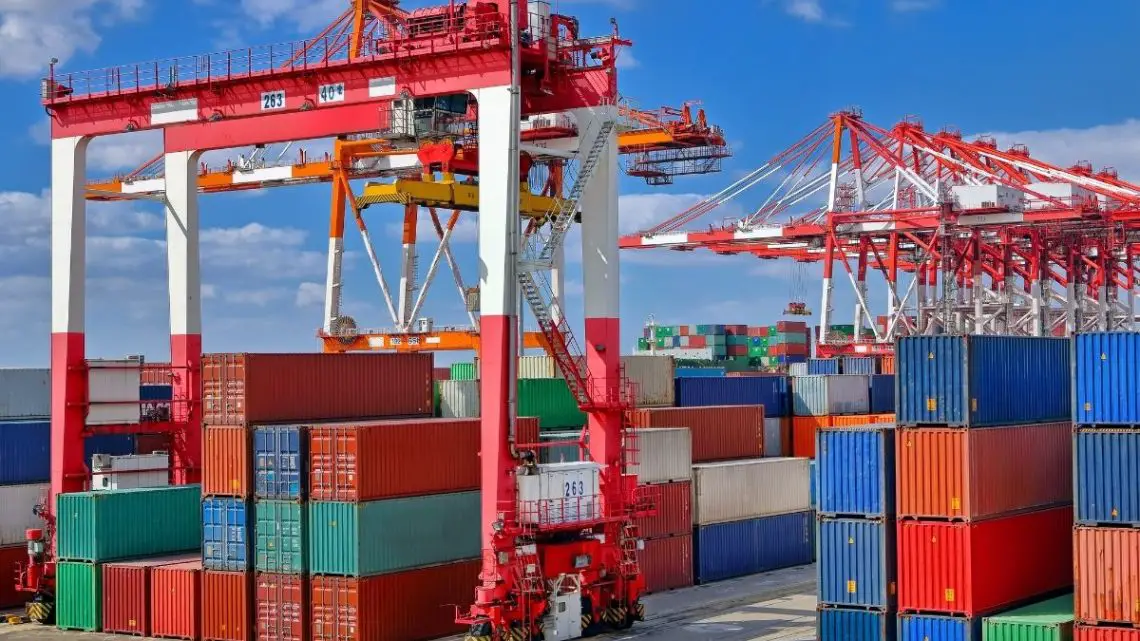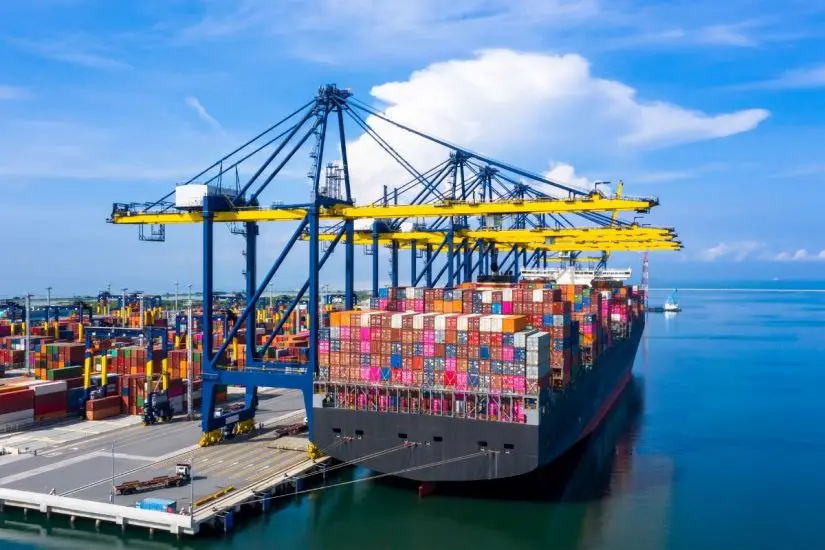
NYK Line begins operating cranes deemed hydrogen fuel cell ready
August 24, 2022The company along with UNI-X NCT have started operation of four new container terminal transfer cranes.
NYK Line, a Japanese industry major, as well as UNI-X NCT, have begun operating four new cranes deemed hydrogen fuel cell ready at the NYK Tokyo Container Terminal (NYTT).
The transfer cranes are 25 meters tall, 25.8 meters wide, and have a rated load of 40.6 metric tons.
The transfer cranes were developed by Mitsui E&S Machinery. They are based cranes and are each equipped with a downsized diesel engine which functions with technology for the reduction of carbon dioxide emissions and diesel exhaust. That said, they have also been designed in a way that their existing engines can be entirely replaced with a hydrogen fuel cell power supply, when and if NYK Line chooses to do so in the future, said that company.
NYK Line and UNI-X announced in July 2021 that were setting a goal for carbon neutrality by 2040 for the terminal’s operations. The strategy for decarbonization involves the conversion of its entire contingent of cargo handling equipment at its NYK Tokyo Container Terminal. The replacement equipment would be entirely zero-emission.

The new transfer cranes ready for hydrogen fuel cell power supplies align with that commitment.
Moreover, NYK Line and Mitsubishi Logistics have announced their intentions to produce an NYK Kobe container terminal (NYKT) that will be operated jointly by UNI-X and Mitsubishi Logistics, and which will also achieve carbon neutrality by 2040.
As a component of that strategy, the two companies will work across the next two decades to alter their operations to include only zero-emission transfer cranes, eliminating the reliance on fossil fuel-powered cargo-handling equipment. It will also cut out the use of other fossil fuel-powered on-site vehicles through the acceleration of the use of H2 at the terminals.
Furthermore, the three companies also intend to power their gantry cranes using renewable energy.
Their decarbonization strategy aligns with the overall carbon neutral port concept currently encourage by the Ministry of Land, Infrastructure, Transportation and Tourism in Japan for the reduction of greenhouse gas emissions at ports, bringing them to zero by way of moving forward with port functions including the adoption of hydrogen fuel cell powered equipment.



 HFN News is your leading source for fresh hydrogen and renewable energy updates. Amid the fast-paced growth of hydrogen companies, we provide top-notch news and insights about this exciting sector. Our coverage spans from hydrogen cars to global sustainable initiatives, and we highlight the latest in green jobs and developing hydrogen hubs. We invite you to share your local hydrogen news and explore today’s renewable energy job listings on our site. Thanks for choosing HFN News as your trusted guide to the hydrogen and renewable energy world!
HFN News is your leading source for fresh hydrogen and renewable energy updates. Amid the fast-paced growth of hydrogen companies, we provide top-notch news and insights about this exciting sector. Our coverage spans from hydrogen cars to global sustainable initiatives, and we highlight the latest in green jobs and developing hydrogen hubs. We invite you to share your local hydrogen news and explore today’s renewable energy job listings on our site. Thanks for choosing HFN News as your trusted guide to the hydrogen and renewable energy world!